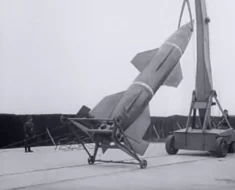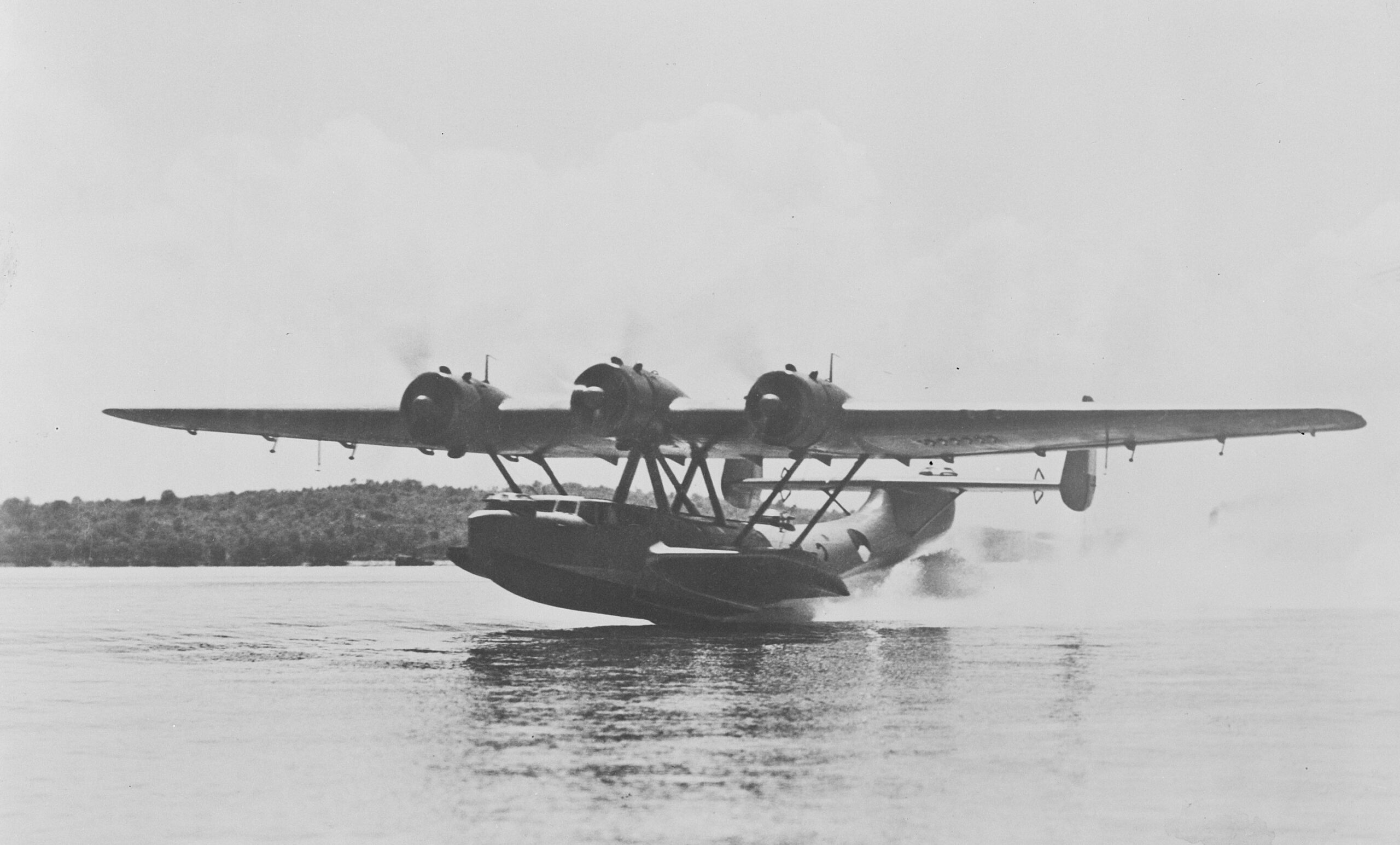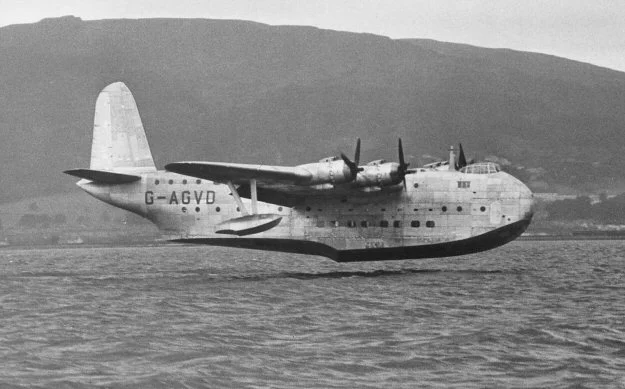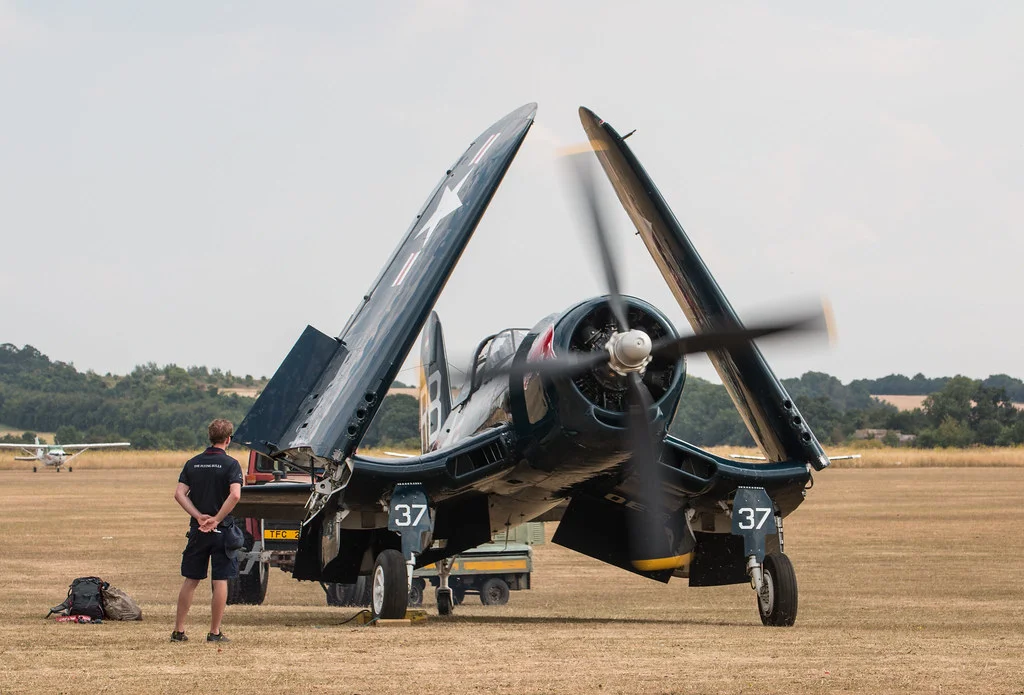The Heinkel He 162 Salamander, also known by its nickname “Volksjäger” (People’s Fighter) was designed and manufactured rapidly during the final months of the Second World War.
Germany was under dire circumstances and the He 162 was their attempt to produce a simple, fast, and inexpensive jet fighter, powered by an early turbojet engine. It was part of the larger Emergency Fighter Program, which aimed to turn the tide of the war by introducing superior air power.
Contents
Development
The Luftwaffe, facing increasing losses and dwindling resources, issued a demand in September 1944 for a new jet fighter. This fighter needed to be simple, cost-effective, and capable of being produced rapidly using minimal skilled labour and materials that were readily available during the resource-strapped war years.
Read More Me 261, Informally Known as “Adolfine”
The program was aptly named the “Volksjäger” and aimed to harness the innovative potential of jet propulsion in a lightweight and straightforward design to defend German skies.
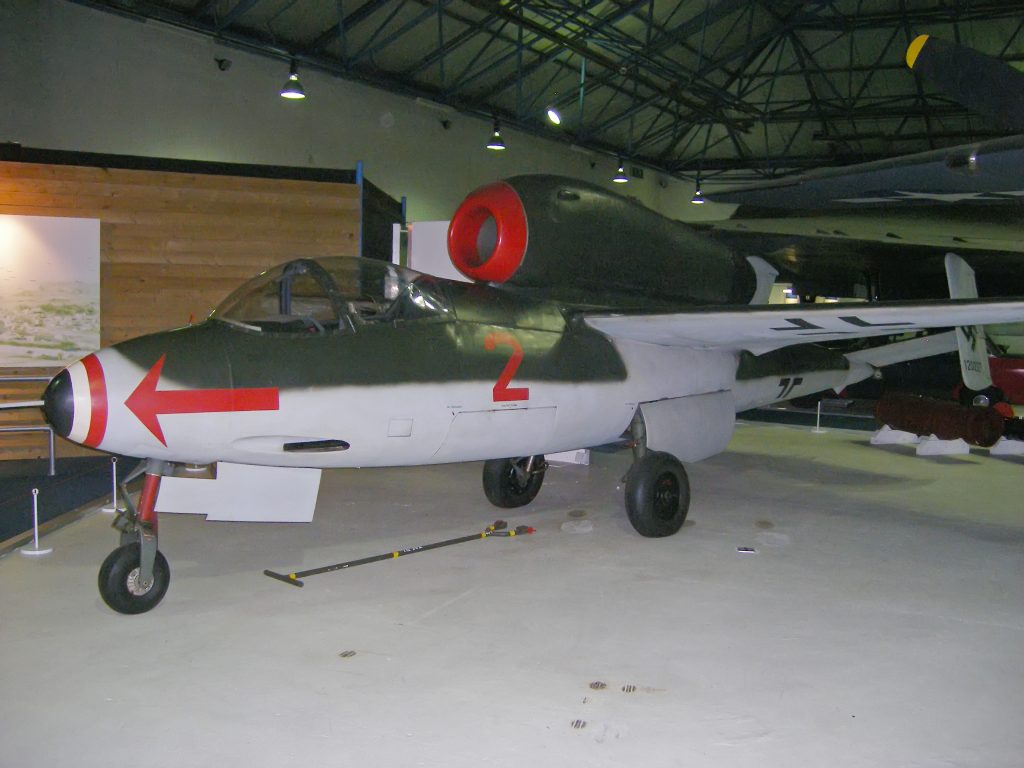
Heinkel, with its previous experience in jet aircraft including the pioneering He 178 and the operational He 280, embarked on the project with a sense of urgency and innovation. The design team, led by the Günter brothers, faced the colossal task of producing a viable prototype in an extremely short period.
Remarkably, within less than three months—a testament to their dedication and ingenuity—they rolled out the He 162.
Wooden Wonder?
The He 162’s design was a novel blend of necessity and efficiency. Its airframe primarily used wood for the fuselage and wings, materials chosen for their abundance and ease of fabrication. Woodworking shops across Germany, which had little to do with traditional aircraft manufacturing, could build components quickly and inexpensively.
The aircraft’s wings, a critical component, featured a relatively simple, straight design, which eased production and required less sophisticated tooling compared to the swept wings of more advanced jets like the Messerschmitt Me 262.
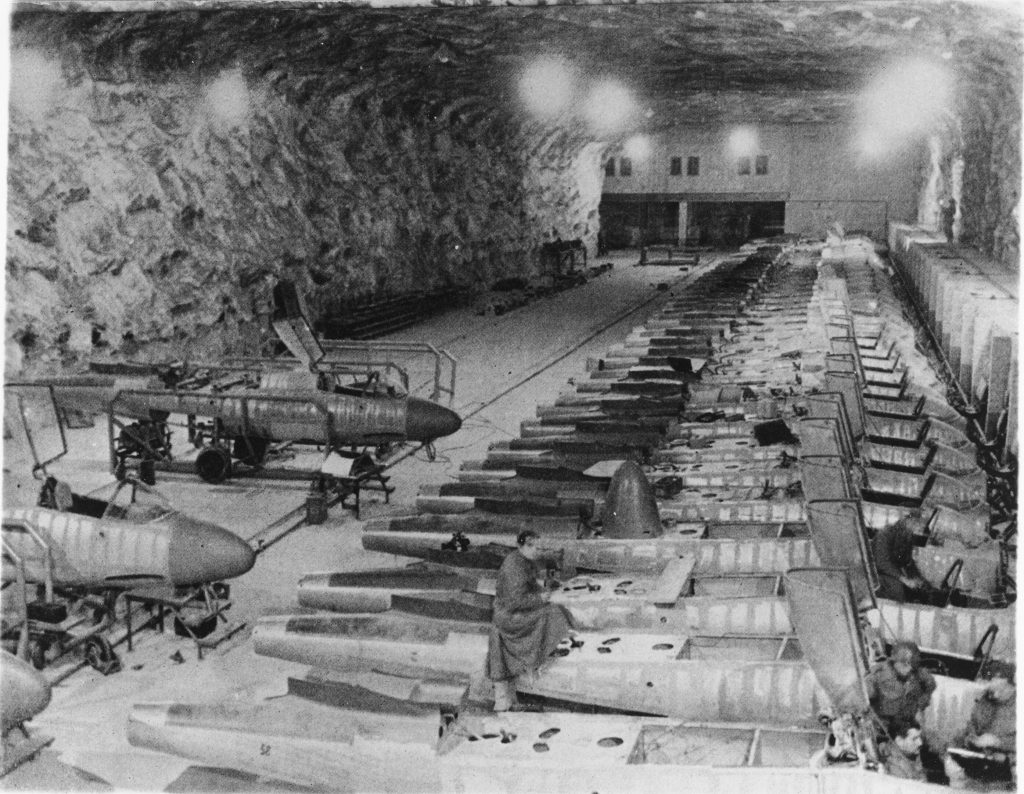
One of the most distinctive features of the He 162 was its powerplant configuration. The BMW 003 turbojet engine was mounted atop the fuselage, directly behind the cockpit.
This placement was not just innovative but pragmatic; it allowed for easier maintenance and quicker engine swaps, essential in a wartime scenario where ground crew time and facilities were limited.
Moreover, the top-mounted engine reduced the risk of debris ingestion on rough, war-ravaged runways, potentially saving the aircraft from common operational hazards.
Challenges
Despite the innovative aspects of its design, the He 162 also faced significant challenges. The reliance on non-traditional materials like wood, while solving some production issues, introduced new problems.
Wood lacked the durability and stress resistance of metal, making the aircraft susceptible to structural failures under the high speeds and intense manoeuvres typical of jet fighters.
Read More: Breguet 460 Vultur Interwar Bomber
Testing of the initial prototypes revealed several aerodynamic instabilities and control problems. The He 162’s hurried development meant that these issues had to be addressed on the fly, often leading to further complications.

The BMW 003 had Issues
Furthermore to the He 162’s troubles was the turbojet technology of the time was still in its infancy, and the BMW 003 engines were plagued with reliability issues that often led to malfunctions and accidents.
Firstly, the BMW 003 engine was prone to surges and flameouts. These were particularly problematic during combat operations, where rapid changes in throttle settings were common.
The engine’s compressor design was not yet optimized, which made it susceptible to instability at varying speeds and altitudes.
Pilots had to handle the throttle carefully to avoid sudden losses of power, which could be catastrophic during takeoff and combat manoeuvres.
Another major issue was the engine’s general mechanical reliability. The materials used in the construction of the 003, such as the alloys for turbine blades, were not always of consistent quality.
This inconsistency was exacerbated by the wartime shortages and the consequent need to substitute materials. As a result, the turbines and other critical components were more likely to suffer from wear and tear, leading to failures during operation.
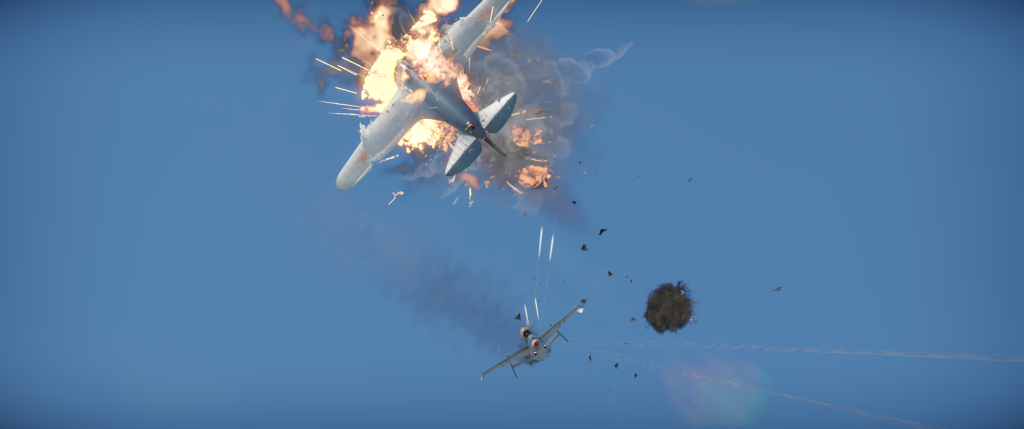
The engine also faced challenges with its lifespan and maintenance requirements. The engines required frequent overhauls and were known to have a short operational life. The need for regular maintenance and replacement of parts put additional strain on the already resource-limited German war effort.
Ground crews often found themselves overworked trying to keep the jets operational, and the logistical capacity to supply spare parts consistently was lacking as the Allies targeted supply lines and factories.
Despite these setbacks, the aircraft’s design continued to evolve, incorporating fixes and improvements where possible.
Read More: Lun-class Ekranoplan: The Real Caspian Sea Monster
Armament
The Heinkel He 162 was armed with two 30 mm MK 108 cannons or a pair of MG 151 20mm cannons, either of which constituted a formidable offensive capability, especially considering the aircraft’s compact size and lightweight design.
The MK 108, manufactured by Rheinmetall-Borsig, were among the most powerful aircraft-mounted weapons used during World War II, designed specifically to destroy heavy bombers with only a few hits.
The cannons were mounted in the nose of the Heinkel He 162, which provided a stable platform for the weapons and allowed for greater accuracy. The positioning also helped to centralise the mass of the aircraft, contributing to its agility and manoeuvrability — essential attributes for a jet fighter that might engage in dogfights or have to quickly align for strafing runs against ground targets.
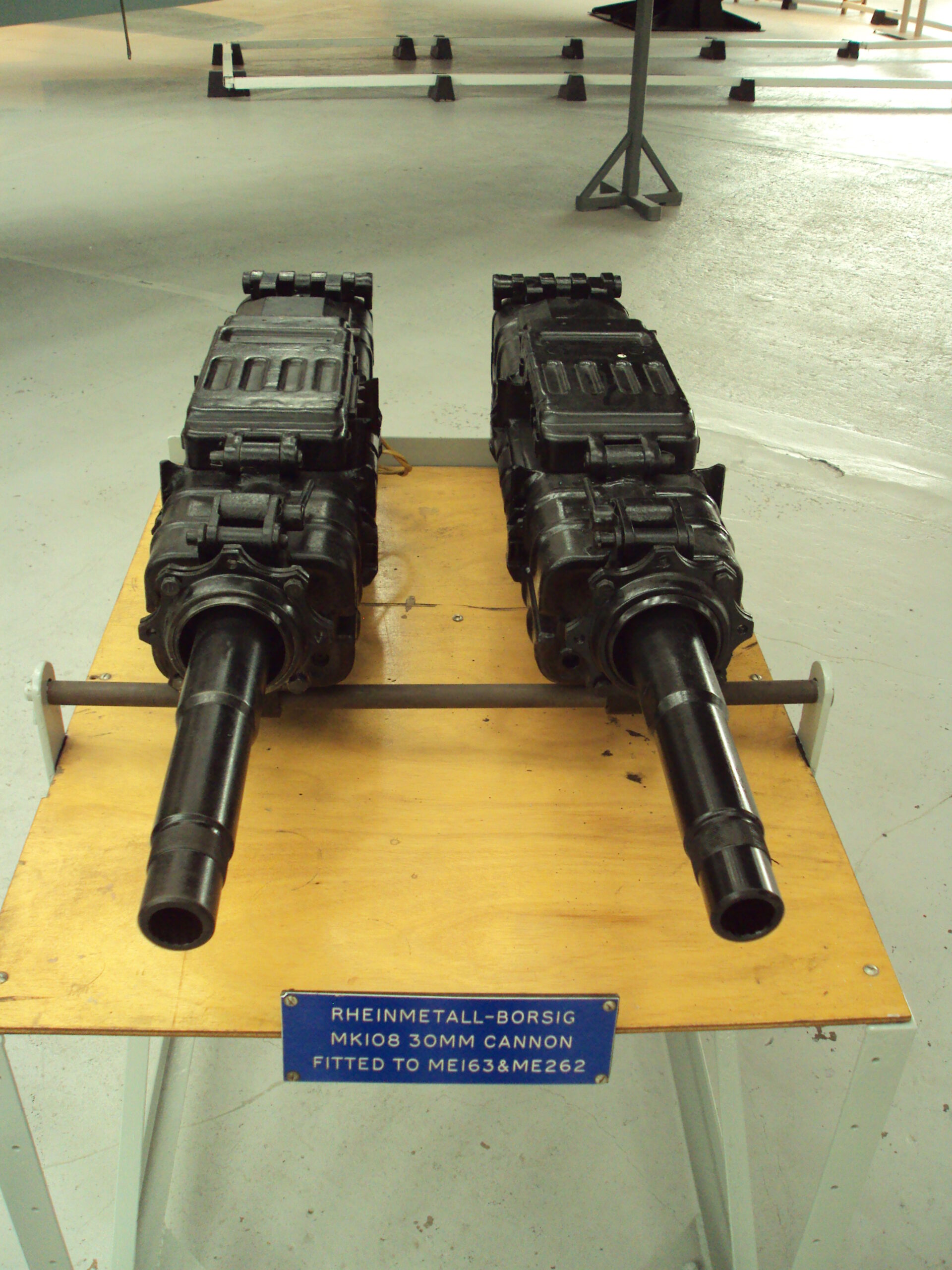
However, the aircraft carried only 50 rounds per gun, which limited its ability to engage in prolonged combat engagements. This limitation required He 162 pilots to be precise and conservative with their shooting, making sure every shot counted, as reloading in the heat of battle was not an option.
Moreover, the choice of such powerful armament came with drawbacks. The heavy recoil of the MK 108 cannons could affect the lightweight airframe of the He 162, potentially leading to structural stresses if not handled with care.
Additionally, the cannons’ explosive shells, while effective against targets, added to the risk of unspent ammunition causing damage to the aircraft itself in the event of a malfunction or combat damage.

Operational History
As the war entered its final phase, Germany hurriedly pushed the He 162 into service, hoping that its advanced jet technology would provide a significant edge against the Allied forces.
But as is always the story with German technology, it arrived too late and was too few in number to make any substantial impact.
Initial deployment of the He 162 began in early 1945, with Jagdgeschwader 1 (JG 1) being the first Luftwaffe unit to equip with the new jet fighters. This transition to jet technology was challenging.
The Luftwaffe pilots, accustomed to the piston-engine aircraft of the era, now had to adapt to the fundamentally different handling characteristics of a turbojet-powered aircraft.
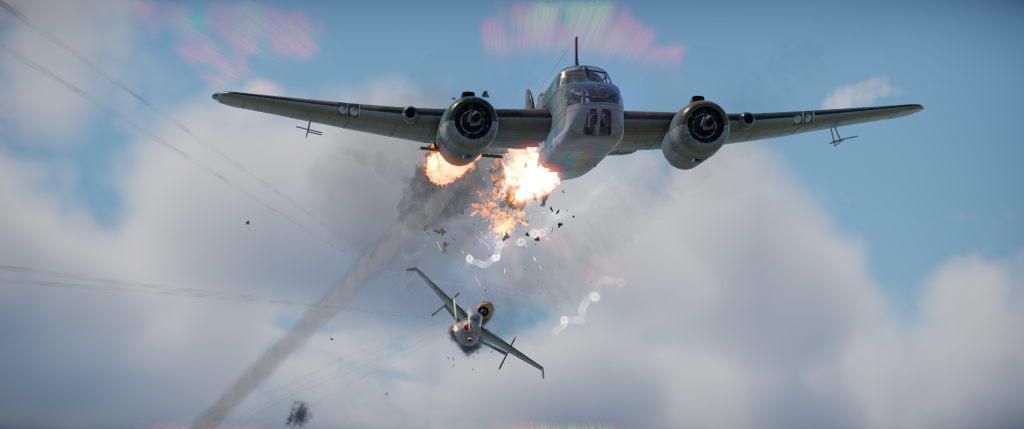
The He 162’s light airframe and powerful engine required delicate control inputs, and the aircraft’s tendency to exhibit instability at high speeds or during aggressive manoeuvres compounded these challenges.
Poor Training
Moreover, pilot training for the He 162 was severely inadequate. The pressing nature of the war effort meant that the Luftwaffe provided only minimal instruction on the new jet. Many pilots had only a few hours in turbojet trainers before they found themselves at the controls of the He 162.
This lack of preparation led to a high accident rate among new pilots, many of whom struggled with basic jet operation, let alone combat flying.
Despite these difficulties, the He 162 did see some combat action. Pilots reported that the aircraft was exceptionally fast and could potentially outpace any Allied fighter. However, actual air-to-air combat opportunities were rare.
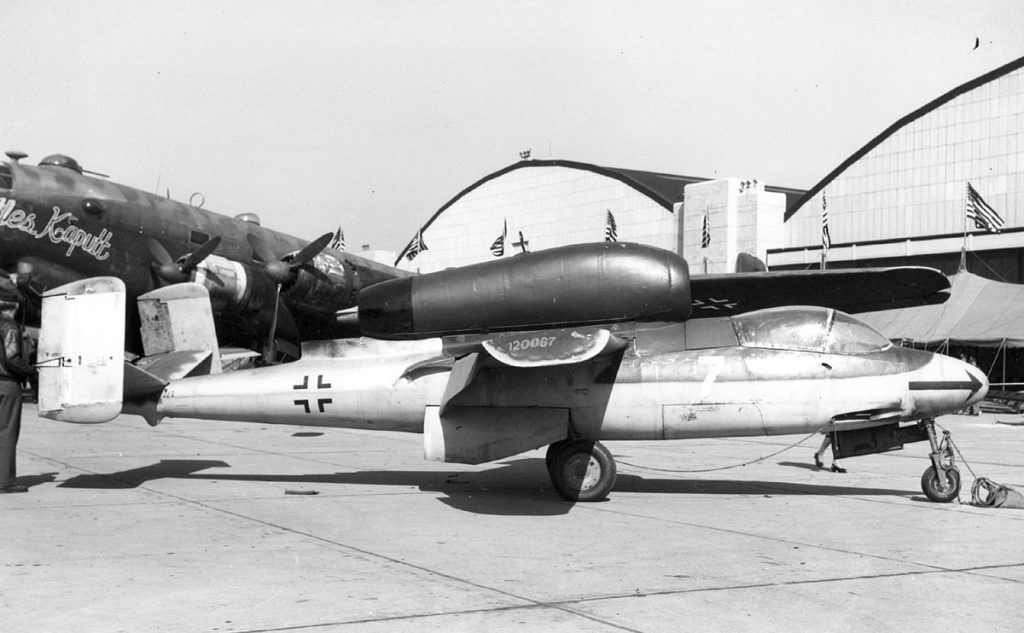
The overwhelming air superiority maintained by the Allies meant that He 162 pilots often found themselves avoiding engagements rather than seeking them.
Read More: Hawker Hurricane – The True Hero of the Battle of Britain?
When encounters did occur, the He 162’s potent armament allowed it to pose a serious threat to enemy bombers and fighters alike, but these instances were too infrequent to alter the course of the war.
As the Allies advanced into Germany, capturing airfields and disrupting supply lines, the situation for He 162 units grew increasingly dire.
Fuel shortages and the constant threat of ground attacks made sustained operations nearly impossible. By the time the war ended in May 1945, only a small number of He 162s had seen any sort of extensive combat use.
Would the He 162 Turned the Tide of War?
By the time the He 162 entered production and deployment in early 1945, the Allies had already achieved overwhelming air and ground superiority.
The Luftwaffe was struggling with severe shortages of fuel, trained pilots, and critical resources, which greatly hampered its operational capabilities.
Even with more He 162 jets, these fundamental shortages would have limited their effectiveness and operational readiness.
On top of that, the inherent design and technical challenges of the He 162 itself would have remained a significant hindrance. The jet was rushed into production, leading to numerous reliability issues, particularly with its engine which were prone to failures.
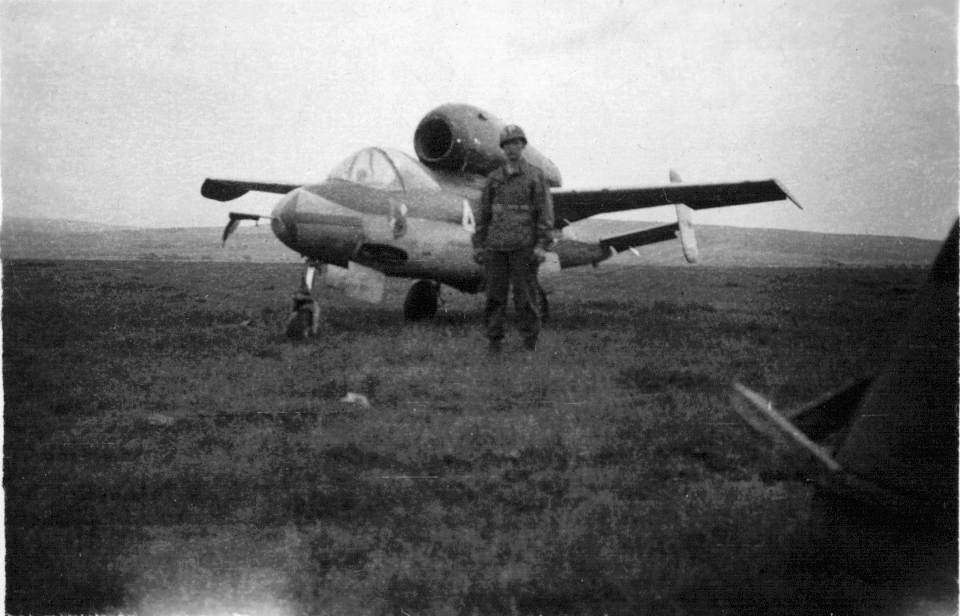
Additionally, the aircraft’s handling characteristics required a level of skill that most hastily trained Luftwaffe pilots of the time did not possess, leading to a high accident rate.
These technical and training issues would have continued to affect the operational efficacy of the He 162, regardless of their numbers.
It was too Late
While it was designed to be a fast interceptor capable of challenging Allied bombers, its actual combat role was limited by its short range and limited armament capacity. The He 162 could carry only a small amount of ammunition, restricting its ability to engage effectively in prolonged combat.
These tactical limitations would have persisted even if the Luftwaffe had more of these aircraft at their disposal.
Strategically, the late war focus of the Allies on extensive bombing campaigns targeting infrastructure, including fuel depots and manufacturing facilities, meant that the operational environment was increasingly hostile for any Luftwaffe activities.
Read More: The F-22 Raptor – The Fighter of the Future
Even with greater numbers of He 162s, defending against the sheer volume of Allied air power would have been a formidable challenge.


